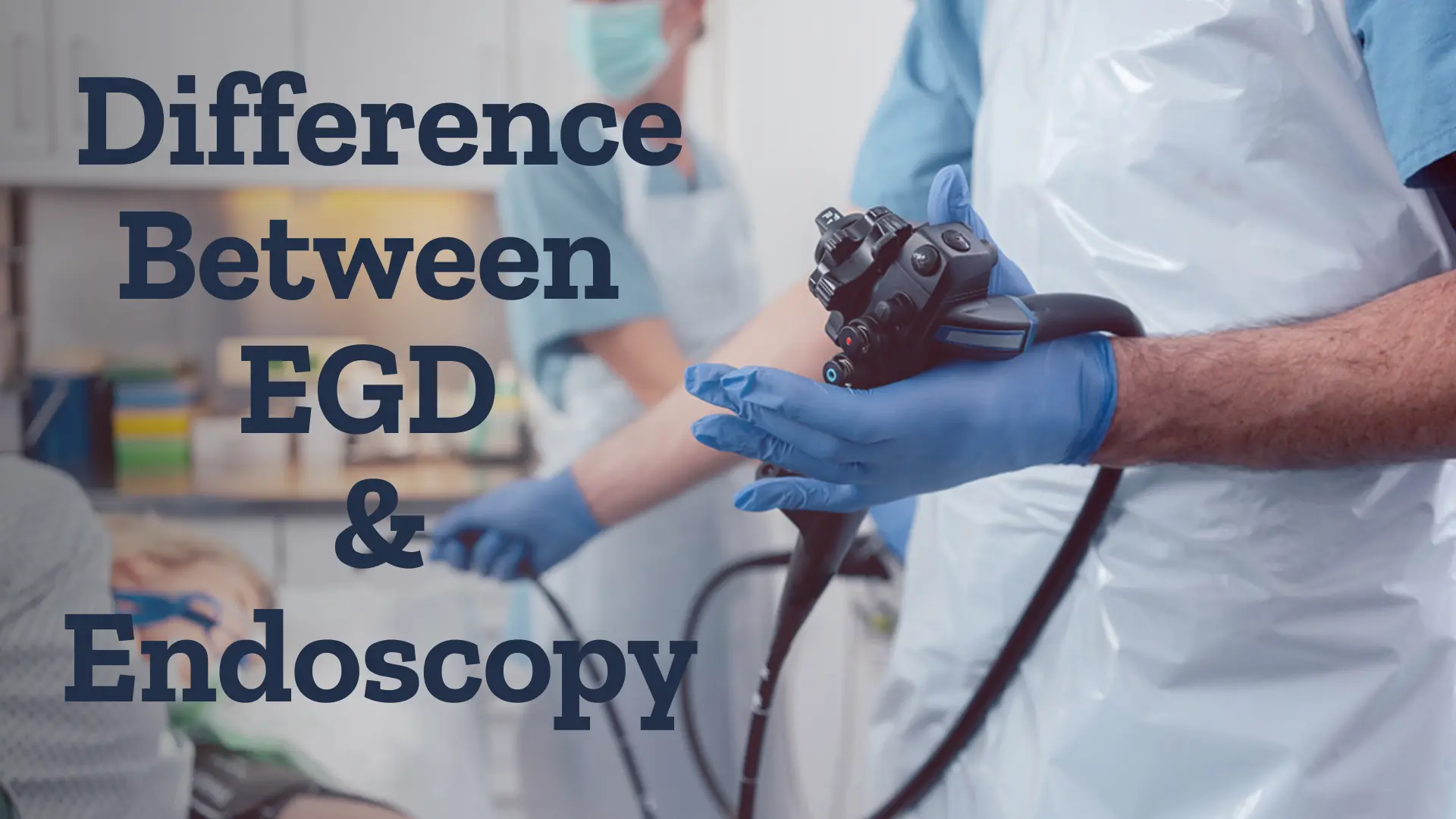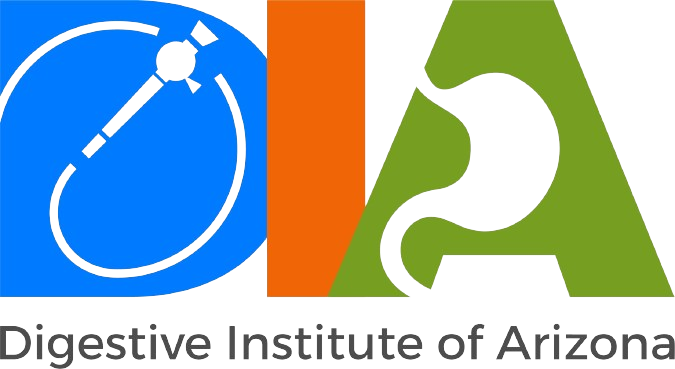
Difference Between EGD and Endoscopy: A Comprehensive Guide
February 20, 2025
In the ever-evolving healthcare industry, screening procedures like endoscopies and EGD have grown in prominence. In case of untreatable digestive issues doctors often recommend an endoscopy procedure and an EGD procedure. While these terms come up frequently in medical discussions, many patients feel uncertain about their meanings and differences.
Understanding the difference between the two can help in preparing for the endoscopy procedure and knowing what to expect. Both play a major role in detecting conditions like reflexes, ulcers, inflammation, and unexplained digestive discomfort. In this piece, we will discuss the key difference between EGD and endoscopy helping you make sense of your treatment plan Book Appointment.
What is Endoscopy?
An endoscopy is a broad term used to explain the examination of internal organs, including the digestive, respiratory, and urinary systems. It’s a safe nonsurgical procedure used to examine an individual internal digestive tract. An endoscopy is performed using a long flexible tube, called an endoscope, that has a light and a camera attached to it. There are different types of endoscopies including:
- Upper Endoscopy (EGD)
- Colonoscopy
- Bronchoscopy
- Cystoscopy
One of the most common types of endoscopies is the upper endoscopy, also known as Esophagogastroduodenoscopy (EGD). EGD procedures can be used to evaluate the esophagus, stomach, and the upper part of the small intestine. An upper endoscopy makes it easier to evaluate abdominal pain, acid reflux, difficulty swallowing, and other upper gastrointestinal (GI) symptoms.
Common uses of EGD include:
- Detecting GERD (acid reflux) and ulcers.
- Investigating swallowing difficulties or persistent nausea.
- Identifying internal bleeding or inflammation.
- Collecting tissue samples (biopsy) for further testing.
Since the EGD procedure is tailored to upper digestive tract concerns, it provides more detailed insights than a general endoscopy. Upper endoscopies are often used to diagnose and treat inexplicable digestive disorder symptoms such as:
- Heartburn or Acid reflux
- Difficulty swallowing
- Nausea & Vomiting
- Upper abdominal pain
- Upper GI bleeding
- GERD (gastroesophageal reflux disease)
- Celiac disease
- Narrowing (strictures)
- Peptic ulcer disease
- Tumors
- Infections in the upper GI tract
- Stop bleeding
- Take tissue samples (biopsy)
- Open a narrowed area using dilation
- Place a stent for drainage
Procedure of Endoscopy

The whole process of an endoscopy can take from 30 minutes to more than 2 hours. For endoscopy prep, it’s advised to avoid eating heavy meals and drinking plenty of water. General anesthesia will be administered to avoid the gagging effect of reflux in upper endoscopy. An endoscope equipped with a high-definition camera and light will be inserted through your mouth or anus.
The result will help in identifying inflammatory lesions, ulcers, polyps, varices, strictures, or neoplasms. Additionally, tissue samples can be collected for further evaluation and treatment. It can take from 24-48 hours to completely recover from the procedure. Some patients might experience mild bloating, transient sore throat, or minimal bleeding after it.
Types of Endoscopes
Different types of endoscopies are similar in procedure but offer different results and are used to treat certain parts of the body. In addition to upper endoscopies, there are types of scopes:
- Colonoscopy: A colonoscopy is another common type of endoscopic procedure that utilizes a colonoscope to evaluate the colon and rectum to diagnose colorectal cancer.
- Enteroscopy (for small bowel): The small intestine is roughly 25 feet long. Endoscopies are used to examine the small intestine and treat small bowel issues.
- Push enteroscopy: The push enteroscopy is used to evaluate the upper half of the small bowel.
- Balloon enteroscopy: Balloon endoscopies are used to visualize the entire length of the small intestine. This procedure can help doctors identify the cause of unexplained gastrointestinal bleeding, small bowel tumors, and other possible conditions.
- Sigmoidoscopy: Your doctor may evaluate the lower part of your colon and rectum using a flexible sigmoidoscopy.
Specialized EGD Techniques
Advancements in the medical field led to the development of specialized techniques that help enhance the diagnosis of digestive-related issues.
Endoscopic Ultrasound
An endoscopic ultrasound is performed using a long, flexible tube with a camera, light, and ultrasound transducer (probe) attached to it. The ultrasound generates sound waves and creates detailed images. These images can be used by doctors to see lesions that aren’t visible to the naked eye.
This specialized treatment can treat tumors, detect common bile duct stones, assess esophageal, gastric, pancreatic, and rectal cancers, and treat pancreatic disease.
Endoscopic Retrograde Cholangiopancreatography (ERCP)
An ERCP is used to treat certain conditions immediately. It’s a highly specialized technique combined with endoscopies to examine the pancreas, bile duct, liver, gallbladder, and the network of ducts that carry digestive fluids.
Key Difference Between EGD & Endoscopy
| Aspect | Esophagogastroduodenoscopy (EGD) | Endoscopy |
|---|---|---|
| Purpose | Examines the esophagus, stomach, and duodenum. | Examines various internal organs and systems. |
| Scope | Limited to the upper gastrointestinal (GI) tract. | Can be used for various parts of the body (e.g., lungs, joints, abdomen, urinary tract). |
| Procedure Type | Involves a flexible tube inserted through the mouth. | Involves a flexible tube that can be inserted into various body openings (mouth, nose, skin incisions, etc.). |
| Conditions Diagnosed | Acid reflux, ulcers, GI bleeding, infections. | Cancer, infections, injuries, internal organ issues. |
| Usage | Primarily for digestive health issues. | Used across multiple medical fields (respiratory, orthopedic, abdominal, etc.). |
FAQs
-
What diseases can be detected by an endoscopy?
Ans: In addition to digestive issues conditions detected and treated by an endoscopy are conditions such as:
- Cancer
- Ulcer
- Esophageal varices
- Gastroesophageal reflux disease or GERD
- Esophageal stricture
- Celiac disease
-
How long does an EGD procedure take?
Ans: The EGD procedure usually takes 30-50 minutes. However, depending on the complexity of the condition and health of the patient it can take from 2-4 hours.
-
Can an endoscopy be used for purposes other than examining the digestive system?
Ans: Yes, a general endoscopy can be used to examine other parts of the body, such as the lungs (bronchoscopy), joints (arthroscopy), and abdominal organs (laparoscopy), among others.
-
What is difference between EGD and Endoscopy?
Ans: The terms EGD (Esophagogastroduodenoscopy) and endoscopy are often used interchangeably, but EGD is a specific type of endoscopy. While endoscopy refers to procedure using a scope to view internal organs, EGD focuses on the upper GI tract—examining the esophagus, stomach, and duodenum.
